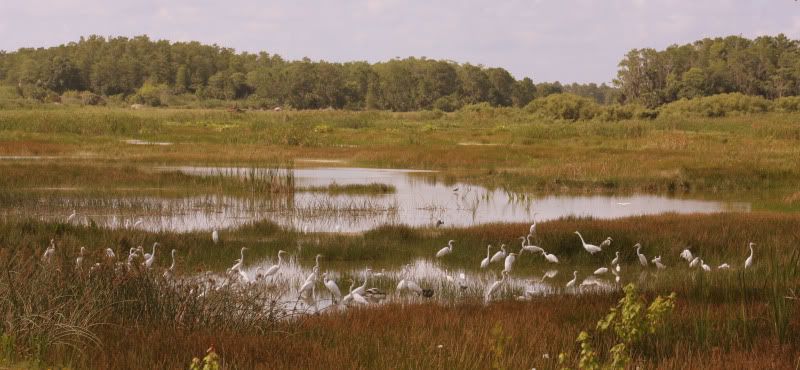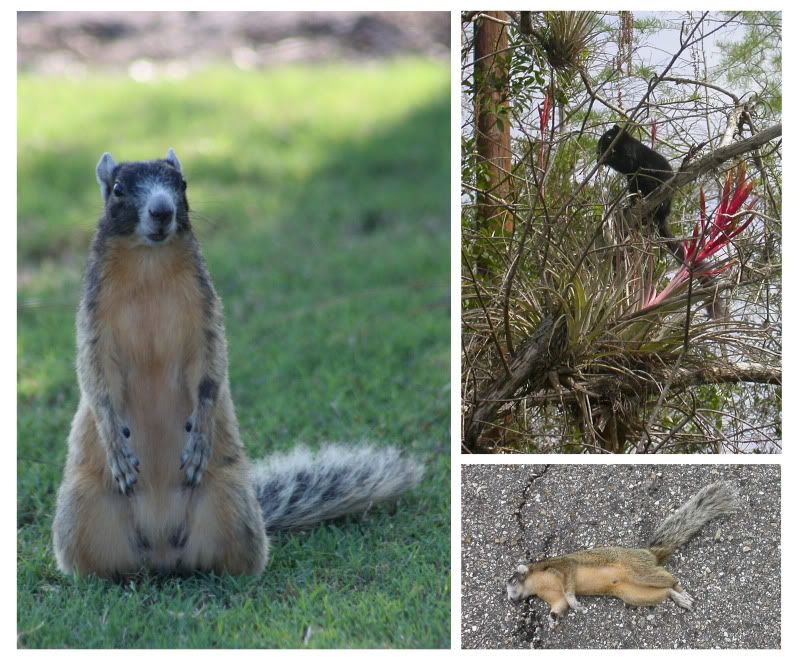As a child growing up in South Florida
I had the good fortune of living on a 10-acre rural sanctuary for primates
operated by my parents. The property was covered with native Slash Pines (Pinus elliotti), Cabbage Palms (Sabal palmetto) and Live Oaks (Quercus virginiana) but was persistently threatened by the
noxious weed of a tree known as Brazilian
Pepper (Schinus terebinthifolis).
As a human primate I had far more freedoms than the other inhabitants and like
a modern day Jungle Boy I would often take to the trees and explore. There were
times when the property had become so overgrown with what some call “Florida
Holly” that I could ascend into the canopy of the pepper trees and climb from
tree to tree for several hundred feet.
The problem for a kid is you end up with ripped up jeans and
sticky sap all over you, as well as the possibility of a poison ivy-like rash.
The problem for the ecosystem is that the highly invasive tree has spread
throughout South Florida , establishing dense
monocultures where little else grows.
Brazilian Pepper was introduced to Florida Brazil ,
Argentina and Paraguay
Fortunately the tree is not cold tolerant. Unfortunately it
produces an abundance of berries that are perfect holiday snacks for birds and
mammals that digest them and poop them elsewhere with homemade fertilizer.
Every year at this time, the sight of the bright evergreen
leaves and candy cane red pepper berries brings me back to my days on the
sanctuary, either climbing in the trees or hacking them down with machete or
chainsaw.
I learned long ago that wherever I am for the holidays, I am
perfectly content to celebrate it by enjoying it with native style and
tradition. This year I’ll be enjoying the sun, the sand and berryless hollies.
Happy Holidays.





























